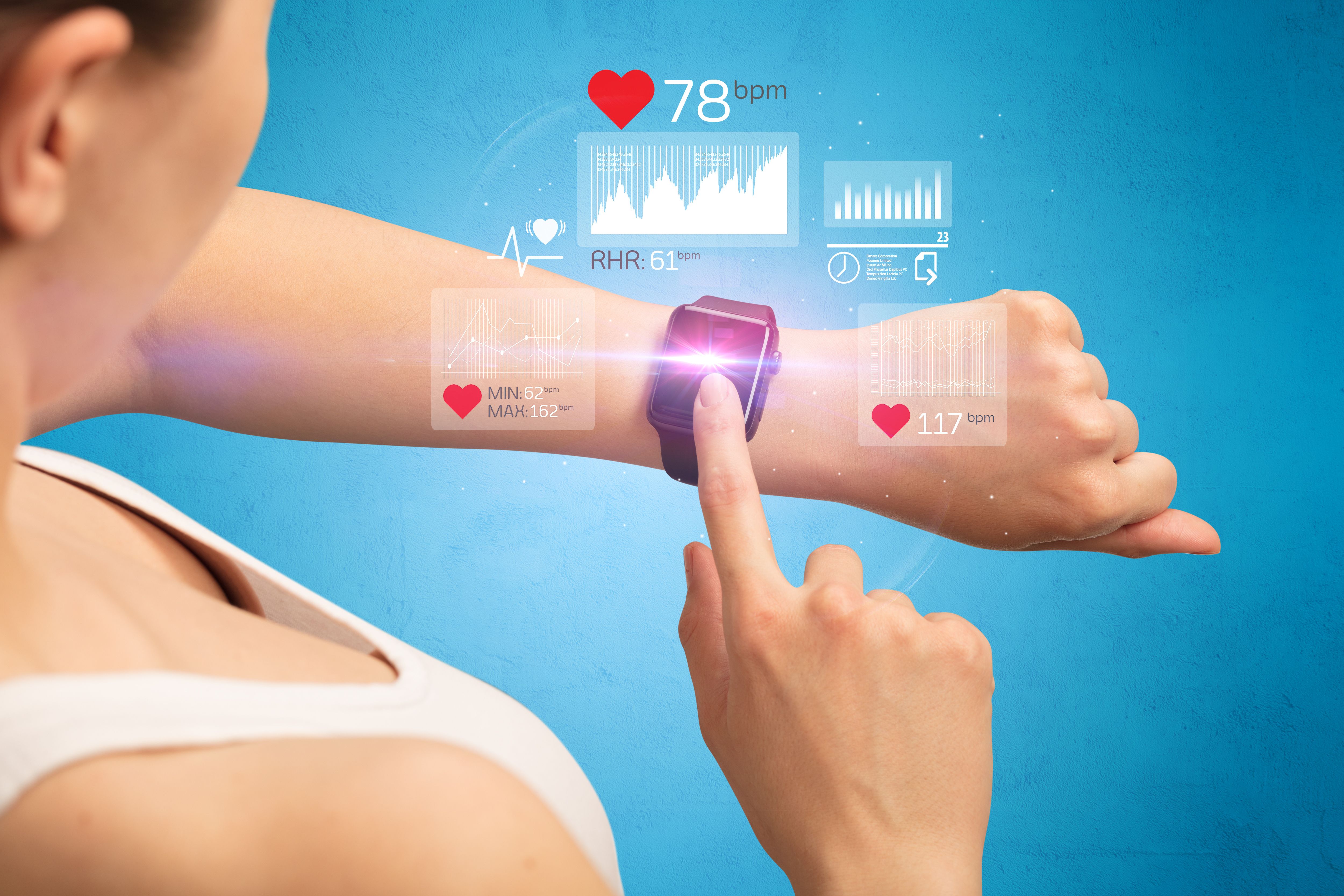Wearable Health Devices Predict Pre-Symptomatic COVID-19 Infections
Wearable health sensors predicted COVID-19 infection with up to 73% accuracy 2-10 days before symptom onset.

Ever since the earliest step-counting devices, wearable activity trackers have only grown in popularity. Smartwatches and other comparable devices are now capable of monitoring breathing, heart rate, temperature, sleep quality, and blood flow.
While these impressive functions are useful to health-conscious people looking to track their workouts, new research published in BMJ Open suggests wearable activity trackers may be able to identify COVID-19 infections days before a person becomes symptomatic.
Commonly reported COVID-19 infections include fever, coughing, chest tightness, difficulty breathing, fatigue, dyspnea, myalgia, sputum production, headache, and gastrointestinal symptoms. However, now that asymptomatic COVID-19 is becoming more common among healthy and vaccinated individuals, there is a demonstrated need for identifying COVID-19 cases without or before the typical symptoms.
This study explored whether the body’s physiological changes associated with COVID-19 infection can be identified by wearable devices. The investigators specifically examined the Ava-bracelet, a regulated wearable medical device that is commercially available as a fertility tracker.
The Ava-bracelet was chosen because its data were previously utilized for a machine learning algorithm that detected women’s ovulation in real time, tracking its wearers’ most fertile days with 90% accuracy.
The investigators analyzed COVID-19-related body changes across 4 periods of infection: incubation, pre-symptomatic, symptomatic, and recovery. This prospective cohort study was the first to measure physiological changes in respiratory rate, heart rate, heart rate variability, wrist-skin temperature, and skin perfusion to develop a machine learning algorithm to detect pre-symptomatic COVID-19 infection.
Participants were recruited from the ongoing observational, population-based, prospective cohort study, Genetic and Phenotypic Determinants of Blood Pressure and Other Cardiovascular Risk Factors (GAPP). A total of 1163 female participants, all under 51 years of age, were included in the study from March 2020-April 2021.
The study participants wore the Ava-bracelet at night, and the data collected during sleep were synched to a smartphone app every 10 seconds. The participants used the app to record any activities that could potentially alter the central nervous system, such as alcohol, prescription medications, and recreational drugs. They also recorded any possible COVID-19 symptoms.
The participants regularly took rapid antibody tests for SARS-CoV-2, and those with possible symptoms took a PCR nasal swab test as well. A total of 127 people (11%) contracted COVID-19 during the study. There were no significant differences in reported background factors between the people who tested positive, though they were more likely to have been in contact with household members or work colleagues who had COVID-19.
Of the participants got COVID-19, 66 (52%) had regularly worn their Ava-bracelet for at least 29 days prior to infection, and were thus included in the final analysis. Among the positive cohort, there were significant changes in all 5 physiological indicators of COVID-19 during the incubation, pre-symptomatic, symptomatic, and recovery periods of infection. COVID-19 symptoms lasted for an average of 8.5 days.
The machine learning algorithm was trained using 70% of the data for 2-10 days before the start of COVID-19 symptoms, in a 40-day period of continuous tracking of the 66 participants who tested positive. This algorithm was then tested on the remaining 30% of data.
Approximately 73% of laboratory confirmed COVID-19 infections were identified in the former “training” set, and 68% in the latter “test” set.
The investigators note that these results may not be widely applicable, as they were based on a small and relatively young sample population who were less likely to have severe COVID-19 infection.
However, the algorithm developed during this study is now being tested in a sample group of 20000 people in the Netherlands, with results anticipated later this year. Additionally, this algorithm could be applied to other wearable health sensors.
